Smart Homes: The Ultimate Guide to Convenience and Security in the Future!
The Future of Smart Homes
In recent years, technology has made impressive strides, and the concept of “smart homes Technology” has become more prevalent than ever before. Smart homes are residences equipped with a range of interconnected devices and appliances that can be controlled remotely and are designed to enhance the residents’ quality of life. These advanced homes leverage cutting-edge technologies to offer convenience, security, energy efficiency, and much more. As we move into the future, the landscape of smart homes is expected to evolve further, bringing forth exciting possibilities and new challenges.
What are Smart Homes?
At its core, a smart home is an intelligent ecosystem comprising various devices and appliances that communicate with each other and the residents. These devices are equipped with sensors, software, and internet connectivity, allowing users to control and automate various functions remotely. Examples of smart devices include smart thermostats, smart lighting systems, smart locks, smart appliances, and more. By integrating these technologies, homeowners can create an interconnected and automated environment that adapts to their needs and preferences.
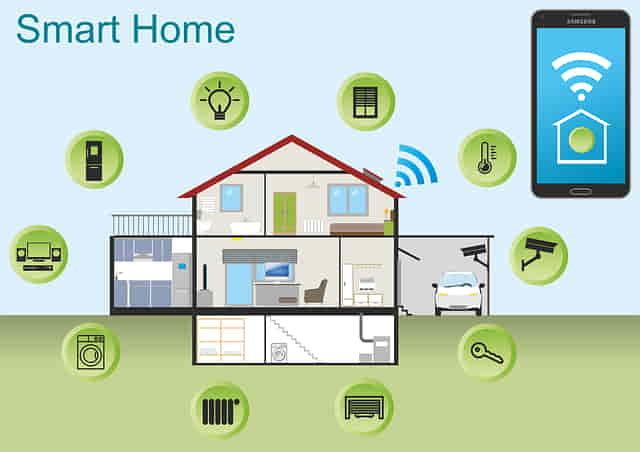
Advancements in Smart Home Technology
The continuous advancement of technology has been the driving force behind the rapid growth of smart homes. Some of the key advancements include:
Smart Devices and Appliances
Today’s smart devices and appliances offer impressive capabilities, making daily life more convenient and efficient. Smart refrigerators can track food expiration dates and create shopping lists, while smart ovens can be preheated remotely. Additionally, smart TVs, home security cameras, and smart doorbells have become increasingly popular, enhancing home entertainment and security.
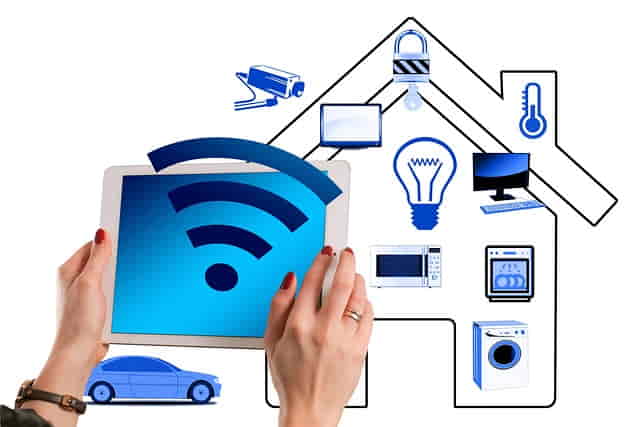
Home Automation Systems
Home automation systems serve as the central nervous system of smart homes, enabling seamless communication and control among various devices. These systems can be accessed through smartphones, tablets, or voice commands, empowering homeowners to manage their homes remotely. Home automation systems can handle tasks such as adjusting temperature, controlling lighting, and managing security.
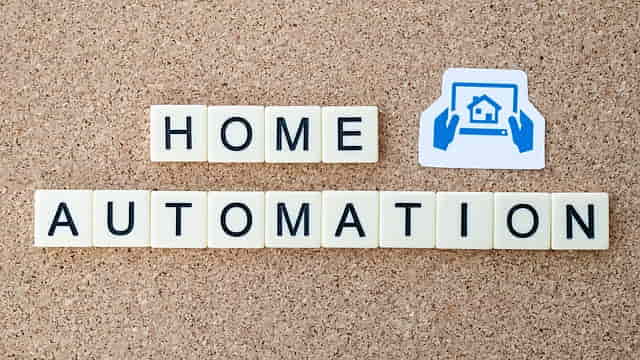
Voice Assistants
Voice assistants, powered by artificial intelligence (AI), have revolutionized how we interact with smart devices. From simple tasks like setting reminders to more complex operations like controlling multiple devices simultaneously, voice assistants have become an integral part of smart homes. Popular examples include Amazon Echo’s Alexa, Google Home, and Apple’s Siri.

Benefits of Smart Homes
The adoption of smart home technology offers numerous advantages, making them an attractive prospect for homeowners. Some of the key benefits include:
Increased Energy Efficiency
Smart homes are designed to optimize energy consumption. Smart thermostats can learn residents’ preferences and adjust temperatures accordingly, leading to reduced energy wastage. Smart lighting systems automatically turn off when rooms are unoccupied, further conserving energy.
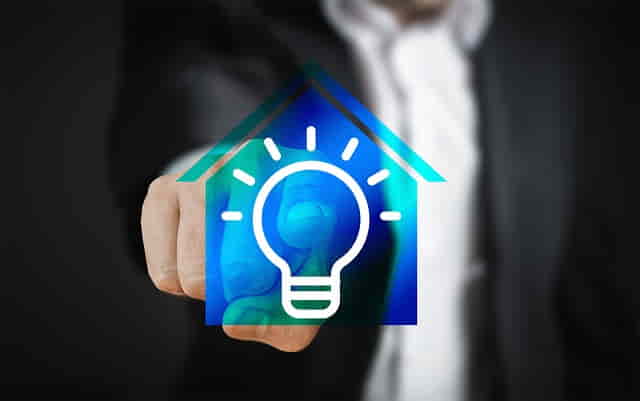
Enhanced Security
Home security has significantly improved with smart home technology. Surveillance cameras, motion detectors, and smart locks provide homeowners with real-time updates and the ability to monitor their property remotely. This enhanced security can give residents greater peace of mind.

Convenience and Comfort
Smart homes offer unparalleled convenience and comfort. From adjusting lighting levels and controlling appliances with a voice command to remotely managing household tasks, smart homes simplify daily routines and make life more enjoyable.
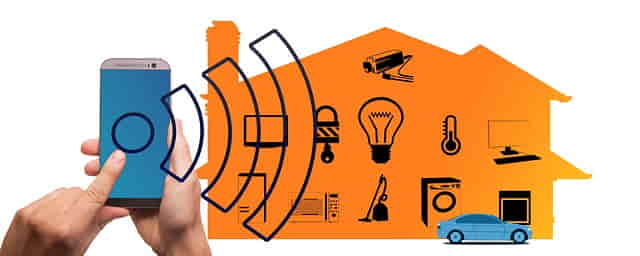
Improved Accessibility
For individuals with mobility challenges or disabilities, smart home technology can be life-changing. Automated systems can assist with various tasks, such as opening doors, adjusting the height of furniture, and managing electronic devices, empowering people to live more independently.

Challenges and Concerns
As with any emerging technology, smart homes come with their fair share of challenges and concerns. Some of the key issues include:
Data Privacy and Security
The interconnected nature of smart homes raises concerns about data privacy and security. As devices collect and transmit personal data, there is a risk of unauthorized access and potential data breaches. Manufacturers and service providers must implement robust security measures to protect users’ information.
Interoperability Issues
With a wide variety of smart devices available from different manufacturers, interoperability can become an issue. Not all devices may be compatible with each other or a central home automation system, limiting the seamless integration of devices.
Cost of Implementation
The cost of outfitting a home with smart technology can be a significant barrier to widespread adoption. While prices have come down over the years, some advanced smart devices and home automation systems remain expensive.
Technological Dependence
As homes become more reliant on technology, there is a concern about potential disruptions in case of technological failures, software bugs, or internet outages. Balancing reliance on technology with traditional backup methods is essential.
The Future of Smart Homes
Looking ahead, the future of smart homes is full of exciting possibilities. Several trends are likely to shape the evolution of smart homes in the coming years:
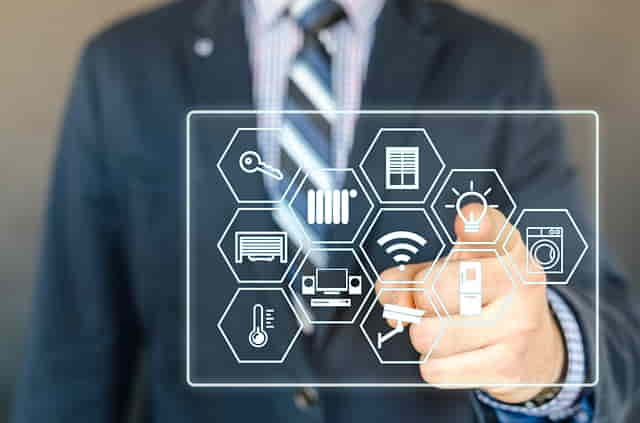
Integration of AI and Machine Learning
Artificial intelligence and machine learning algorithms will play a crucial role in making smart homes more intuitive and autonomous. These technologies will enable devices to learn from users’ behaviors and preferences, offering personalized and contextually relevant experiences.
Smart Cities and Smart Grids
The concept of smart homes will extend to smart cities, where interconnected infrastructures will improve efficiency and sustainability. Smart grids will optimize energy distribution, and homes will interact with city-wide systems for enhanced urban living.
Health and Wellness Applications
Smart homes will integrate health-monitoring technologies to track residents’ well-being, vital signs, and sleep patterns. This data will help identify health issues early on and promote healthier lifestyles.
Sustainability and Green Living
The emphasis on sustainability will drive the adoption of eco-friendly technologies in smart homes. Energy-efficient appliances, solar panels, and water conservation systems will become more commonplace.
Implications for Society and Environment
As smart homes become more prevalent, they will influence society and the environment in various ways. On one hand, the increased energy efficiency and optimized resource consumption can contribute to a more sustainable future. However, concerns about data privacy, technological dependence, and electronic waste management will require careful consideration and regulations.
In conclusion, the future of smart homes is both promising and challenging. As technology continues to advance, smart homes will become more sophisticated, offering unprecedented convenience, energy efficiency, and security. However, addressing concerns related to data privacy, interoperability, and affordability will be vital to ensuring widespread adoption. With responsible development and careful planning, smart homes have the potential to revolutionize how we live, making our lives more comfortable, efficient, and environmentally friendly.
Conclusion
In conclusion, the future of smart homes holds immense potential to revolutionize our daily lives. As technology continues to advance, these intelligent ecosystems offer unprecedented convenience, efficiency, and security to homeowners. From energy-efficient appliances and automated tasks to personalized experiences through AI integration, smart homes present a promising vision of the future.
However, as we embrace these advancements, we must also address the challenges that accompany the rise of smart homes. Ensuring data privacy and security, promoting interoperability, managing costs, and mitigating technological dependence are vital to creating a sustainable and inclusive smart home environment.
By striking a balance between innovation and responsibility, we can unlock the true potential of smart homes. With continued research, development, and thoughtful implementation, we can create a future where technology serves humanity, making our lives more comfortable, efficient, and connected.
As we move forward, the dream of smart living becomes more attainable. Embracing the possibilities offered by smart homes, we can shape a future where technology enriches our lives, while safeguarding our privacy, security, and overall well-being.
So, let us embark on this journey into the future of smart homes with curiosity and a sense of responsibility. Together, we can create homes that adapt to our needs, enhance our lifestyles, and contribute to a more sustainable and interconnected world. The future of smart homes is here, and it’s time to embrace it.
FAQs
1. Are smart homes only for the tech-savvy? Not necessarily. While familiarity with technology can be helpful, many smart devices are designed for user-friendly operation, and voice assistants make controlling smart homes accessible to a wide range of users.
2. Can smart homes be retrofitted into existing homes?
Yes, smart home technology is adaptable and can be retrofitted into existing homes. Many smart devices, such as smart plugs and smart bulbs, can be easily installed without the need for complex rewiring. Additionally, retrofitting a home with a central home automation system allows homeowners to gradually integrate smart technology as per their requirements and budget.
3. Will smart homes make traditional household tasks obsolete?
While smart homes can automate many household tasks, they are not intended to replace traditional methods entirely. Instead, they aim to enhance convenience and efficiency. Homeowners can still choose to perform tasks manually if they prefer, but smart homes offer the option to automate repetitive and time-consuming tasks.
4. How secure are smart homes from hacking and cyber-attacks?
Ensuring the security of smart homes is crucial. Manufacturers are continuously improving their security protocols, and users can take measures like setting strong passwords, regularly updating firmware, and using secure Wi-Fi networks to minimize the risk of hacking. Choosing reputable brands and keeping abreast of security updates are essential for maintaining a secure smart home environment.
5. Can smart homes help reduce energy consumption and utility bills?
Yes, one of the significant advantages of smart homes is their ability to optimize energy usage. By automatically adjusting heating, cooling, and lighting based on occupancy and preferences, smart homes can lead to substantial energy savings, ultimately resulting in lower utility bills for homeowners.




